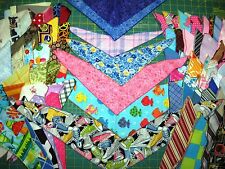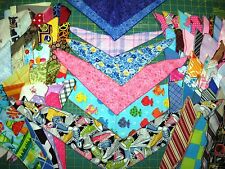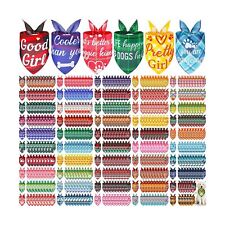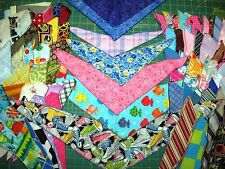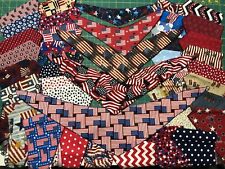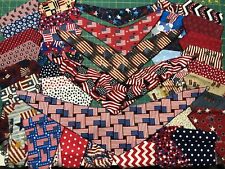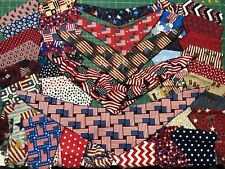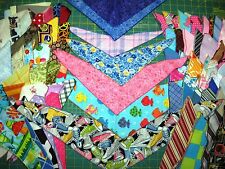The Training Tree: Rhythm (Part 2)

You can start to judge whether you’ve got rhythm by paying attention to breathing, both yours and the horse’s. Paying attention to your own breathing can help you stay rhythmic. If you hold your breath, you’ve lost it. Paying attention to the horse’s breathing will tell you if something you’ve done has startled the horse because anything unrhythmic will interrupt the horse’s breathing. If the horse startles and catches him breath but you can keep from catching your own breath, you will keep the rhythm going despite the circumstances. Gradually the horse will figure out that if something startles him, you’re a good spot to come back to because everything around you stays rhythmic and predictable. You’re a safe place.
A lot of people can stay rhythmical while their catching their horse and grooming their horse but as soon as they go into training mode, they starting using sudden moves to gain control. To train a horse, you have to interact with him, not interrupt him. For example, a lot of people think the best way to stop a baby male horse from biting while you’re working with him is to just keep pushing his nose away anytime he tries to take a nip. But that interrupts whatever else you’re trying to do with him at the time and pulls you into his game.
Instead, you just put a flash or a drop noseband on him and stabilize his jaw so he can nibble with his lips but he can’t bite. Now you just go about your business and when he swings around and nibbles, you just ignore him. You don’t react, you don’t break your rhythm, and pretty soon the game gets boring and he quits. Whoever controls the rhythm controls the movement.
A lot of beginners can be rhythmical on the ground but once they’re in the saddle, they tend to hold their breath and react when they get frightened. If you hold your breath, your body locks up. You need to become self-disciplined enough to maintain the rhythm under any circumstances. If a horse startles or spooks when you’re riding him, the best thing you can do is to ride him calmly and quietly forward with as little interruption as possible.
When you’re training a horse to be rhythmical, you listen to his footfalls. The order of his footfalls, regardless of which gait he’s in, should be even. Horses lose their rhythm when their backs are tense or their riders use rein aids that are too strong or driving aids that are too strong. The walk should be a four-beat march, the trot has a two-beat rhythm. The canter has three beats.
In the beginning, a trainer just rides whatever rhythm the green horse offers but as the horse progresses, the rider’s seat sets the rhythm he or she wants the horse to move in. Playing music in an arena helps a lot of riders and horse pick up a rhythm. Walking and trotting over cavaletti can help a horse develop rhythm. Walking over uneven ground or up and down hills are other exercises a trainer can use.
The games we eventually want to play with our horses all involve some test of rhythm. Dressage is a game of maintaining rhythm with varying degrees of strength and stride length. Reining involves riding a lot of circles with varying rhythm. Whatever your goal, rhythm is always going to be at the foundation of the training you need.

